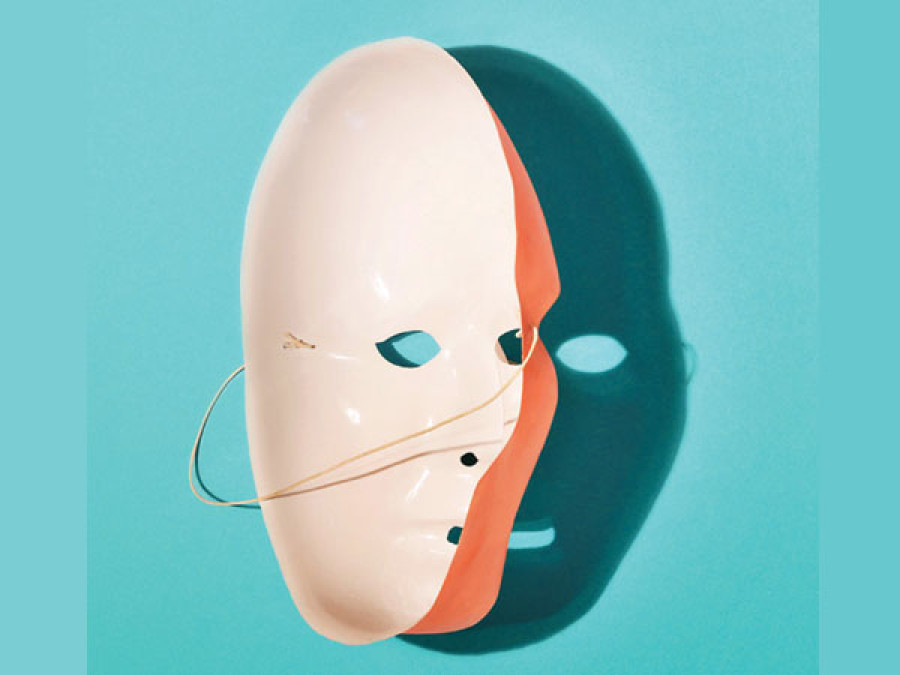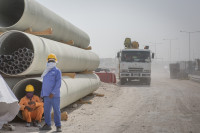Opinion
Politics of exclusion
Lack of inclusion in Nepal’s political parties is a reflection of social realities
Mukesh Jha
After the provision for proportionate inclusion was removed without much debate in the Constituent Assembly, ‘inclusion’ is a term that remains half-hearted at best in the new constitution. The recent list of proposed ambassadors and judges has been made ‘inclusive’ with one Madhesi, one woman, one Dalit and one Muslim, but not proportionately. Therefore, it can be argued that a wholehearted attempt to construct an inclusive political and social establishment in Nepal is still not being made. The very fact that the structure of the so-called national parties like the Nepali Congress (NC), the CPN-UML and the Maoist Centre shows distinct exclusivity of a certain caste speaks volumes about their commitment to inclusion. And the same kind of exclusion is also reflected in the regional parties of Nepal.
The big parties
If we look at the central working committee of the NC, out of 74 members, only eight are Madhesis. The fact that not a single Madhesi was elected in the ‘open category’ in the NC’s 13th general convention election shows how the voting trend in the party is. Traditionally, the Madhes is known to be the electoral bastion of the NC, but electoral diversity is not reflected in its party structure. In fact, even for the state committee of Janakpur, a constituency with a Madhesi majority, a non-Madhesi was elected. A political analyst explained, “A non-Madheshi was elected, not because Janakpur’s Madhesis didn’t vote for their candidate, but because people from all over Nepal are allowed to vote in that election. To give you some perspective, the equivalent of this would be to allow the whole of Bagmati zone to vote in the election for Kathmandu’s mayor.” The state category election reflects such rigged games and cunning manipulation of electoral constituency.
Other so-called national political parties also demonstrate exclusivist structural realities. For example, there is not a single Madhesi representative in the upper-level leadership positions in the UML. In the central committee of 87 individuals, there are only 11 Madhesis as general members. In the permanent committee, out of seven members there is only one Madhesi. In the whole party leadership structure, the total number of Madhesis is 25 out of a total of 241. It will not be too big an exaggeration to call the UML a predominantly ‘upper caste’ hill Brahmin-Chhetri party.
Not so different
This type of exclusionary politics gave rise to the Madhes-based regional parties. In all fairness, the Madhes is not a monolithic constituency. There are various castes, creeds and marginalised groups even within Madhes. And it is ironic to observe that while the Madhes-based parties advocate inclusion, a few of them themselves do not practise it in their party.
The recent general convention of the Terai Madhes Loktantrik Party (TMLP) was a glaring example of how some Madhesi parties are no different from the national parties. In the central committee of the TMLP, all the high office-bearers are from the Madhesi ‘upper caste’. Although inclusiveness is better in the party’s general membership, there is a lack of women, Tharus and Madhesi Muslims in the leadership positions.
It is difficult to find a truly inclusive political party in the country as a strong caste-driven exclusionary practice exists in all the parties. The traditional hegemony of certain castes is subtly being maintained by the very same social groups that are fighting for their inclusion at the national level. When relatively aware Madhesis are excluded from the political structure, one can only imagine the status of marginalised women, Dalits and Tharus.
The fight for proportional inclusion is not only between the traditional and new forces, but also between those who believe in a exclusionary system, in which the hegemony of particular castes is maintained through various rigged practices, and those who truly believe in inclusiveness. In a hierarchical society where politics and voting patterns are influenced by caste, rooting out the caste system is going to be a Herculean task.
The beneficiaries of the rigged system either prefer to remain silent or show utter indifference to the whole agenda of inclusion. What we see in the political structure of Nepali political parties is merely a reflection of social realities. Political liberation is only possible through social liberation. BR Ambedkar aptly said, “So long as you do not achieve social liberty, whatever freedom is provided by the law is of no avail to you.”
The role of youths
To oppose inclusion, specious arguments are put forward. One of such argument is that it will create social disharmony. I would like to remind all the lovers of harmony that the silence of the oppressed should not be mistaken for harmony. We live in the 21st century, whose realities should be reflected in our value system. BR Ambedkar put it aptly: “Dalit aspirations are a breach of peace. Annihilation of caste is a breach of peace.”
The youths should build value-based collaboration for the greater good and revamp the political culture of Nepal. The youths can overcome the caste-creed-ethnicity barrier and join hands to establish a new political culture to address this malaise via inclusion, affirmative action and positive discrimination.
Jha is the founder of Nepal Policy Centre, a public policy think tank




 15.12°C Kathmandu
15.12°C Kathmandu










%20(1).jpg&w=300&height=200)

